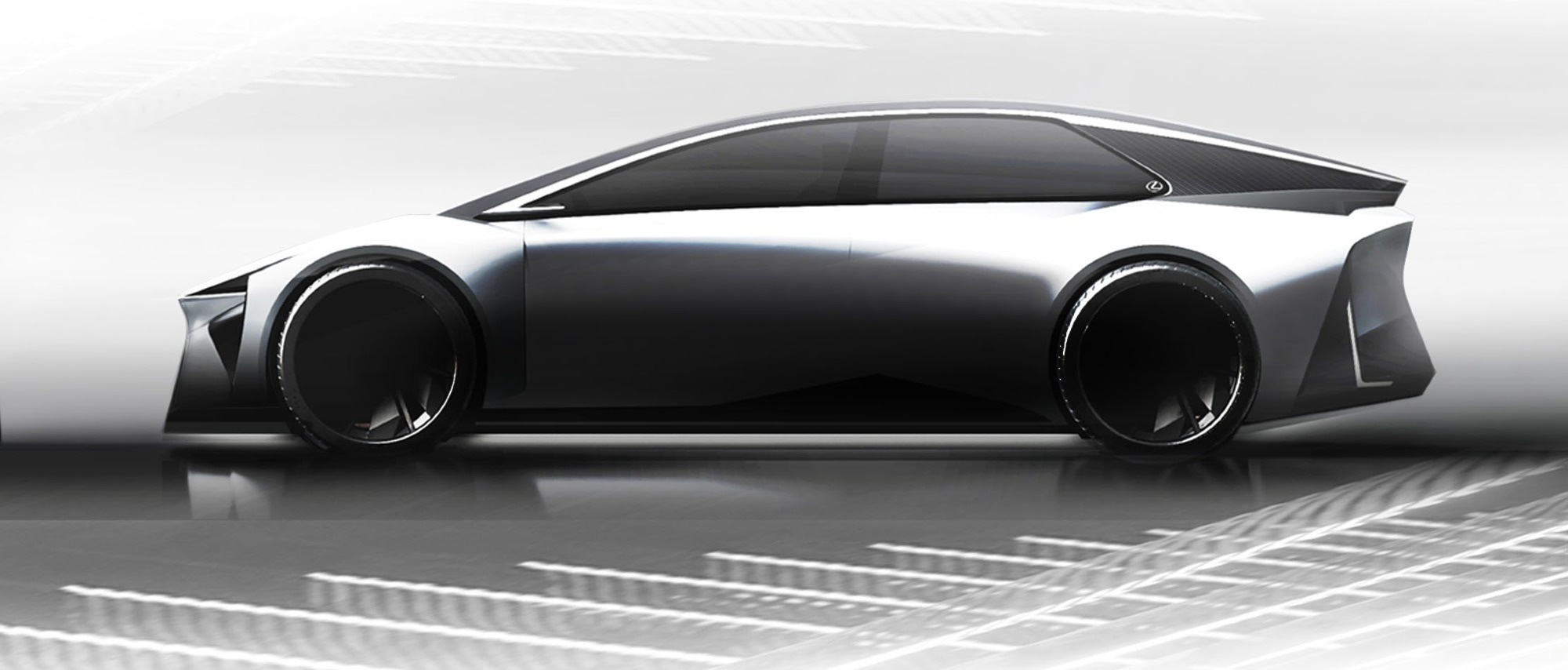Toyota recently announced a new battery electric vehicle factory that will begin production of new models in 2026. Not only will these cars be designed and built differently, they will be powered by a range of new, advanced batteries.

Image Credit: Toyota
Details of four next generation batteries have been revealed, demonstrating state-of-the-art advances in both liquid and solid electrolytes. Toyota has also previewed further progress with solid electrolyte battery technology.
Takero Kato, president of the new production facility, indicated at the Let’s Change the Future of Cars workshop that these next generation models will account for 1.7 million of the 3.5 million BEVs Toyota expects to sell globally by 2030. He also highlighted how a range of battery technologies will be key to appealing to a wider customer base.
“We will need various options for batteries, just as we have different types of engines. It is important to offer battery solutions compatible with a variety of models and customer needs,” he said.
Improved Performance from Liquid Electrolyte Batteries
Liquid electrolytes are the current mainstream battery technology for BEVs. Toyota is working on all-round improvements, including higher energy density, cost competitiveness and charging speeds.
Three main battery types are under development: Performance, Popularised and High Performance.
1. Performance (lithium-ion): planned for introduction with the next generation Toyota BEVs from 2026, the Performance lithium-ion battery will increase driving range to more than 800 km (497 miles), when combined with improved vehicle aerodynamics and reduced vehicle weight.
The Performance battery is also expected to offer: –
- 20 per cent cost reduction compared to the current Toyota bZ4X BEV
- Rapid recharging time of 20 minutes or less for SOC 10 – 80 per cent
2. Popularisation (lithium iron phosphate): Toyota is developing high-quality, lower-cost batteries to give customers a range of options, similar to the choice they have today with different powertrains.
The Popularisation battery is constructed using the bipolar technology Toyota pioneered for its nickel metal-hydride (NiMH) batteries, combined with inexpensive lithium iron phosphate (LiFePo) as the core material. Toyota expects the battery to reach the market in 2026-27.
It is expected to offer: –
- 20 per cent increase in driving range compared to the current Toyota bZ4X
- 40 per cent reduction in cost compared to the current Toyota bZ4X
- Fast recharging time of 30 minutes or less for SOC (state-of-charge) 10 – 80 per cent
3. High-performance (lithium-ion): Toyota is also developing a High-performance battery that combines the bipolar structure with lithium-ion chemistry and a high nickel cathode to achieve a driving range capability of more than 1,000 km (621 miles), when combined with improved aerodynamics and reduced vehicle weight.
The High-performance battery is expected to offer: –
- A further 10 per cent reduction in cost compared to the Performance battery
- Rapid charging time of 20 minutes or less for SOC 10 – 80 per cent
- Expected market introduction in 2027/28
Breakthrough with Solid-State Batteries
Solid-state batteries have long been regarded as a potential game-changer for BEVs. Toyota has made a breakthrough in its quest to improve the durability of this technology.
Toyota solid-state lithium-ion batteries have a solid electrolyte that allows for faster movement of ions and a greater tolerance of high voltages and temperatures. These qualities make the batteries suitable for rapid charging and discharging and delivering power in a smaller form.
Until now the trade-off has been an expected shorter battery life, but Toyota’s recent advances have overcome this challenge and the company has moved its focus to bringing solid-state batteries into mass production. The aim is for the batteries to be ready for commercial use by 2027/28.
The technology was initially slated for introduction in hybrid electric vehicles (HEVs), but now Toyota’s primary focus is on its use in next generation BEVs.
Toyota’s first solid-state battery is expected to offer: –
- 20 per cent increase in driving range compared to the Performance battery (approx. 1,000 km/621 miles)
- Fast charging time of 10 minutes or less for SOC 10 – 80 per cent
Further Solid-State Technology Activity
Toyota already has a higher specification li-ion solid-state battery under development, targeting a 50 per cent improvement in cruising range compared to the Performance battery.
Optimising Battery Height to Improve Range
Aerodynamics plays a key role in determining the driving range of all vehicles, so in the quest to maximise the range of BEVs there is a focus on reducing or optimising the drag coefficient (Cd) rating.
Toyota takes this a step further by focusing on CdA – the drag coefficient multiplied by A, the vehicle’s frontal area, as the multiplication effect of the frontal area has a much greater bearing on range capability.
The height of the battery is central to Toyota’s thinking. Typically, the battery is located beneath the vehicle floor, which can lead to an increase the vehicle’s overall height. This in turn will have a disproportionate, multiplied effect on the CdA, and consequently on the vehicle’s range performance.
If the battery’s height can be reduced, then it follows the vehicle’s overall height can be lowered, CdA can be improved and overall range can be increased.
The battery pack in today’s Toyota bZ4X is around 150mm high. Toyota plans to reduce battery height to 120 mm – and to 100 mm in the case of high-performance sports models where a low hip-point is also desirable.